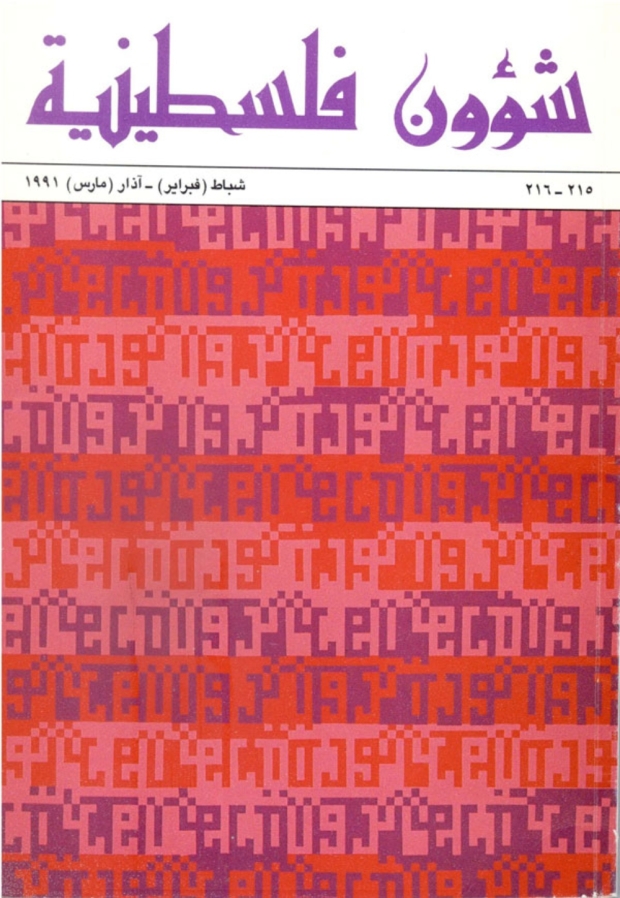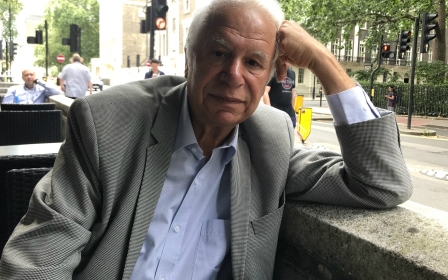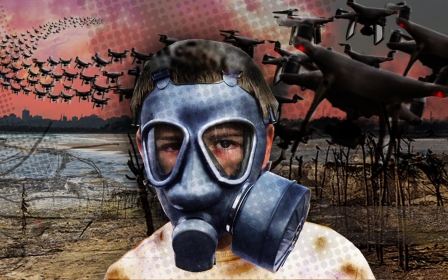Palestinian artist Kamal Boullata to be buried in Jerusalem after 50 years of exile

Pioneering Palestinian artist Kamal Boullata will be buried in his hometown of Jerusalem on Mount Zion next Monday, after a week of difficult talks between his family’s lawyers and Israeli authorities to obtain a burial certificate.
Boullata, who died last week in his home in Berlin, was born in Jerusalem in 1942 and grew up in the Jaffa Gate neighbourhood in the Old City.
He was the first author to write a history of Palestine’s art from 1850 until 2005, and was a celebrated abstract artist who blended Arabic Kufic calligraphy, geometry and natural light in his silkscreen paintings.
'Perhaps it was the light of Jerusalem that I have been seeking to recapture all along'
- Kamal Boullata
His family said that Boullata wished to return to be laid to rest in Jerusalem after 50 years of living in forced exile in the United States, Morocco and France, before moving to Berlin in 2012.
“The right of every Palestinian to return to his homeland is a sacred right. It is particularly important for Jerusalemites, for whom the Holy City is part of their lives and essence,” the Boullatas said in a statement seen by Middle East Eye.
New MEE newsletter: Jerusalem Dispatch
Sign up to get the latest insights and analysis on Israel-Palestine, alongside Turkey Unpacked and other MEE newsletters
Boullata’s family has lived in Jerusalem for over 600 years, according to the records of the Orthodox Church of Jerusalem.
Kamal Boullata was visiting Beirut to exhibit his artwork when the Middle East war of June 1967 erupted.
Israel barred him from returning to his city of Jerusalem, fresh under military occupation, except for a short visit in 1984, which the Dutch director Rudolf van den Berg immortalised in his documentary “Stranger at Home”.
He graduated from Rome’s Fine Arts Academy in 1965 and was a disciple of the Jerusalemite icon painter Khalil Halabi (1889-1964), who taught Boullata the art of sketching Christian figures and the Byzantine icons of Palestine’s churches.
Boullata also spent time studying the Islamic geometry, math and arabesque patterns of the Dome of the Rock mosque, which was built by the Umayyad Caliphate in the seventh century, inside the Al-Aqsa compound in Jerusalem's Old City.
He was part of Huruffiya, an influential movement by Arab artists in the 70s and 80s that weaved Arabic calligraphy, geometry and modernism.
Boullata said of his paintings that depict transparency and natural light that “perhaps it was the light of Jerusalem that I have been seeking to recapture all along”.
He authored several books and essays on Palestinian art, most notably, his masterpiece Palestinian Art: From 1850 to the Present; and translated poetry, a passion he practised in his youth, of the Palestinian poet Mahmoud Darwish and the Syrian poet Adonis, among others.
Boullata drew around 200 posters for several publications of the Palestinian Liberation Organisation (PLO).
His artwork can be found in prestigious collections in the British Museum in London, the Institut du Monde Arabe in Paris, the New York Public Library and the Arab Museum of Modern Art in Doha.
He finished two books before his death: There Where You are Not and Uninterrupted Fugue about his artwork and critical writing; both will be published by Hirmer Verlag in the autumn.
Middle East Eye delivers independent and unrivalled coverage and analysis of the Middle East, North Africa and beyond. To learn more about republishing this content and the associated fees, please fill out this form. More about MEE can be found here.





